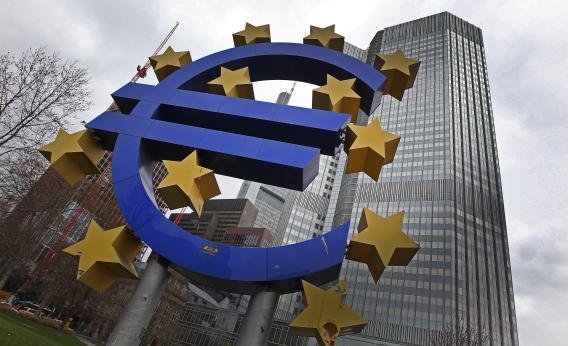The eurozone crisis seems to be back today. Germany’s Social Democrats were grousing over the weekend about the need to make Cyprus crack down on tax avoidance before ponying up financial help. Italian bond yields are rising as Silvio Berlusconi attempts a political comeback based on a promise of big tax cuts rather than austerity. The same thing is happening in Spain, where the center-right incumbent prime minister is ensnared in a growing corruption scandal.
But if you want to understand what’s really behind the return of the crisis, don’t pay too much attention to the specifics of Italian or Spanish or German policy. The underlying issue is that the crisis never really went away. The European Central Bank kicked off the new year by standing pat on monetary policy even though the continent was clearly heading into recession. The premature declaration of victory was based on a myopic view that the sovereign debt crisis was isolated from concerns about growth and banking systems, even though they’re all intertwined. On any given day, financial markets are a Keynesian beauty contest, and ECB President Mario Draghi’s “whatever it takes” speech seemed to lock things into a helpful equilibrium. But the underlying economic conditions were so frail that any bad news made it very easy to slip back in the other direction.
